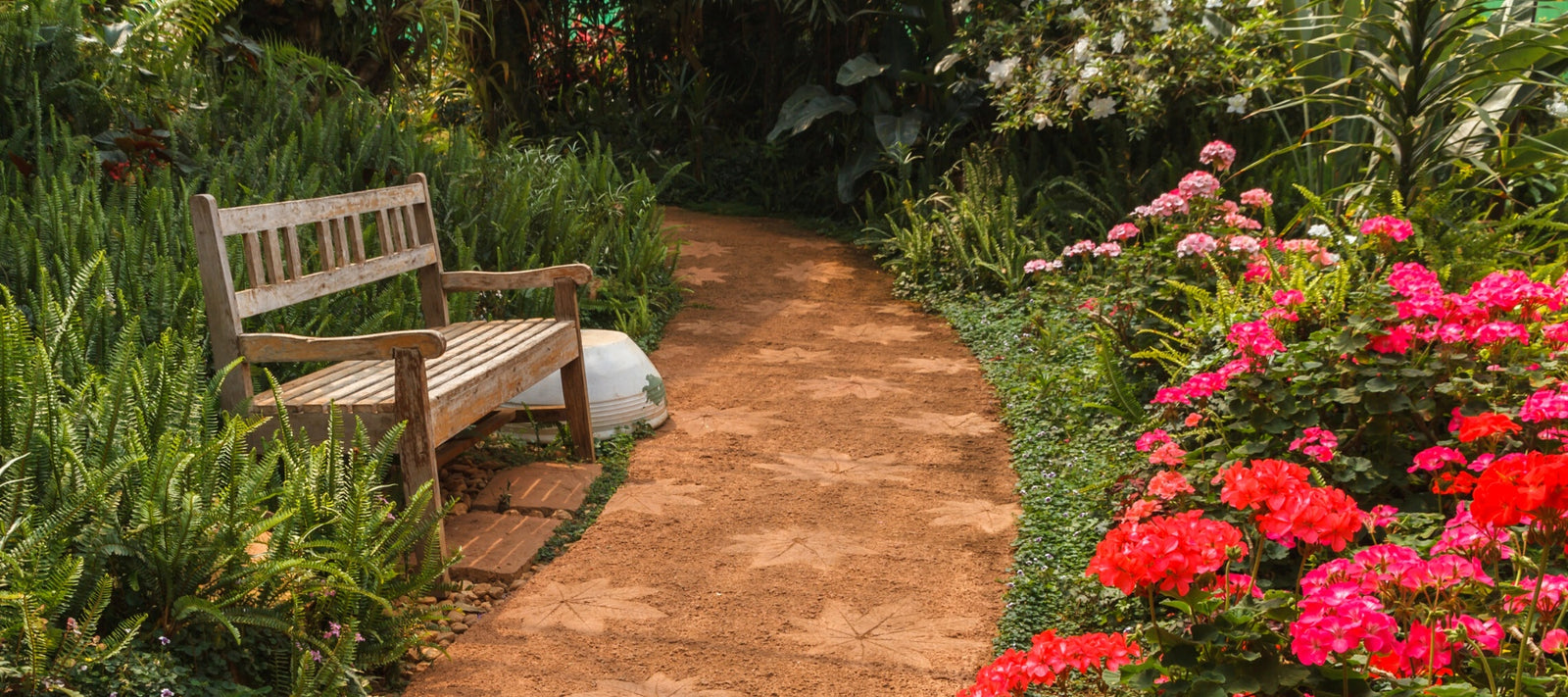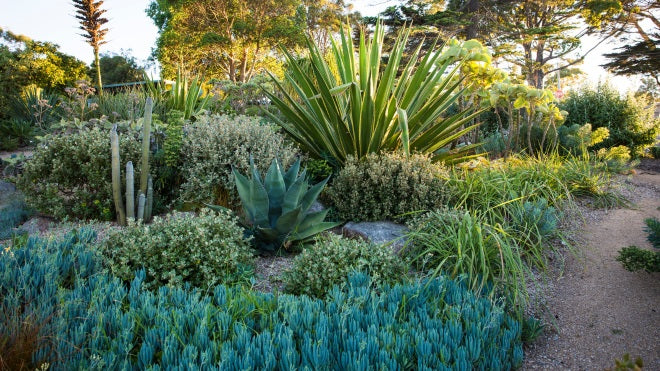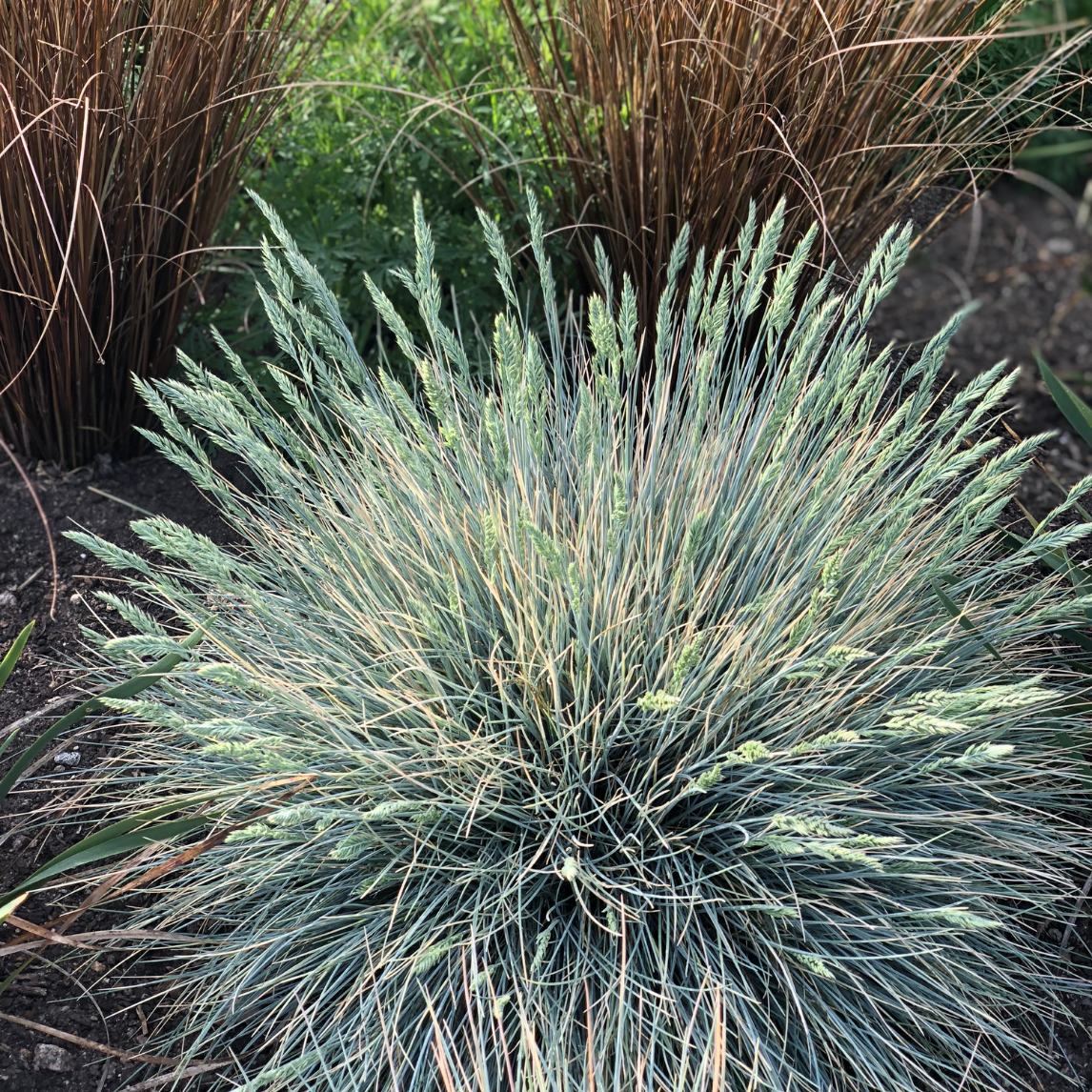
Creating a sensory garden is like designing a garden that appeals to all your senses. It gives you and your guests a fully engaging experience.
Sensory gardens are becoming popular as they provide a great experience and promote relaxation and emotional well-being. Sensory gardens are also particularly useful for therapeutic or rehabilitation purposes.
Designed to engage the senses by stimulating sight, smell, touch, taste and sound to creates an immersive garden experience. When designing the ultimate "Good Vibe" garden, you should work through a checklist to ensure that you cover all the senses.
Design a sensory garden in your own backyard: Expert tips on what plants to include
Edible plants and flowers
We love the combination of edible plants with ornamentals. We focus on taste. Fortunately, there are numerous edible plants and flowers that are suitable for all types of gardens.
Look at hedging plants, edible leaves, fruiting trees, root crops and berries. You'll be surprised at the choice available to bring diversity and flavour to the garden.
Ornamental and fragrant plants and flowers
When choosing plants, focus on smell and sight, and consider both leaf colour and shape as well as flower performance and aroma. Choose various plants with different textures, shapes, sizes, colours, and scents to please both the sense of smell and sight.
Pathways
Bring some movement and interest to the garden with meandering paths and textured surfaces. Listen to the crunch of the stones, feel the smooth texture of the pebbles, and the soothing coolness of the grass underfoot. Use a mixture for maximum appeal while engaging the sense of touch and sound underfoot.

Water features
Often associated with relaxation, water features can be dynamic and playful or peaceful and reflective. Fountains and waterfalls bring movement and sound to the garden. Ponds, on the other hand, are calming and places for thoughtful contemplation. Bird baths attract birds too, appealing to the senses of sight and sound.
Seating and resting areas
Provide a place to stop and enjoy the garden. Comfortable seating areas allow visitors to pause in the garden, enabling relaxation with discomfort. The seating areas in the garden are visually appealing. They also encourage spending time to truly enjoy the sensory garden's magic.
Wind chimes and musical elements
Wind chimes add auditory delight and visual interest to sensory gardens, creating soothing melodies that engage visitors. Their gentle tones evoke tranquillity, enhancing the garden's ambiance and promoting relaxation.
With each breeze, they offer a dynamic symphony of sound, connecting people to nature's rhythms. Wind chimes amplify the sensory experience, making gardens truly immersive and serene.
The public and private value of sensory gardens
Sensory gardens provide relief from stress and therapeutic value to visitors.
Hospitals and rehabilitation centres such as Royal Talbot Rehabilitation Centre have created sensory gardens for their clients and now also run horticultural therapy programs.
Sensory gardens also provide excellent hands-on educational experiences for children. They are great places for children to learn about plants, wildlife and the environment. Other benefits include enhanced wellbeing, reduced stress and a calm your mind. Not only valuable in community gardens and public spaces, the benefits of sensory gardens can be felt at home too.
Sensory gardens offer a unique way to connect with nature and enhance our overall quality of life.
Popular sensory garden plants include:
Smell:
- Jasmine(Jasminum)
- Achillea (Achillea millefolium)
- Lavender(Lavandula)
- Roses (Genus rosa)
- Pelargonium(Pelargoniumsp.)
Taste:
- Rosemary(Rosmarinus officinalis)
- Lemon Balm (Melissa officinalis)
- Chamomile (Matricaria recutita)
- Basil(Ocimum basilicum)
- Marigold (Tagetes spp.)
- Nasturtium(Tropaeolum majus)
- Lemon Verbena (Aloysia citrodora)
- Mint(Menthaspp.)
Touch:
- Lamb's ears(Stachys byzantina)
- Blue Grass (Festuca glauca)
- Phlomis 'Lemon Bush'(Phlomis purpurea x crinita)
- Agave Attenuata(Agave attenuata)
- Moonah (Melaleuca lanceolata)










